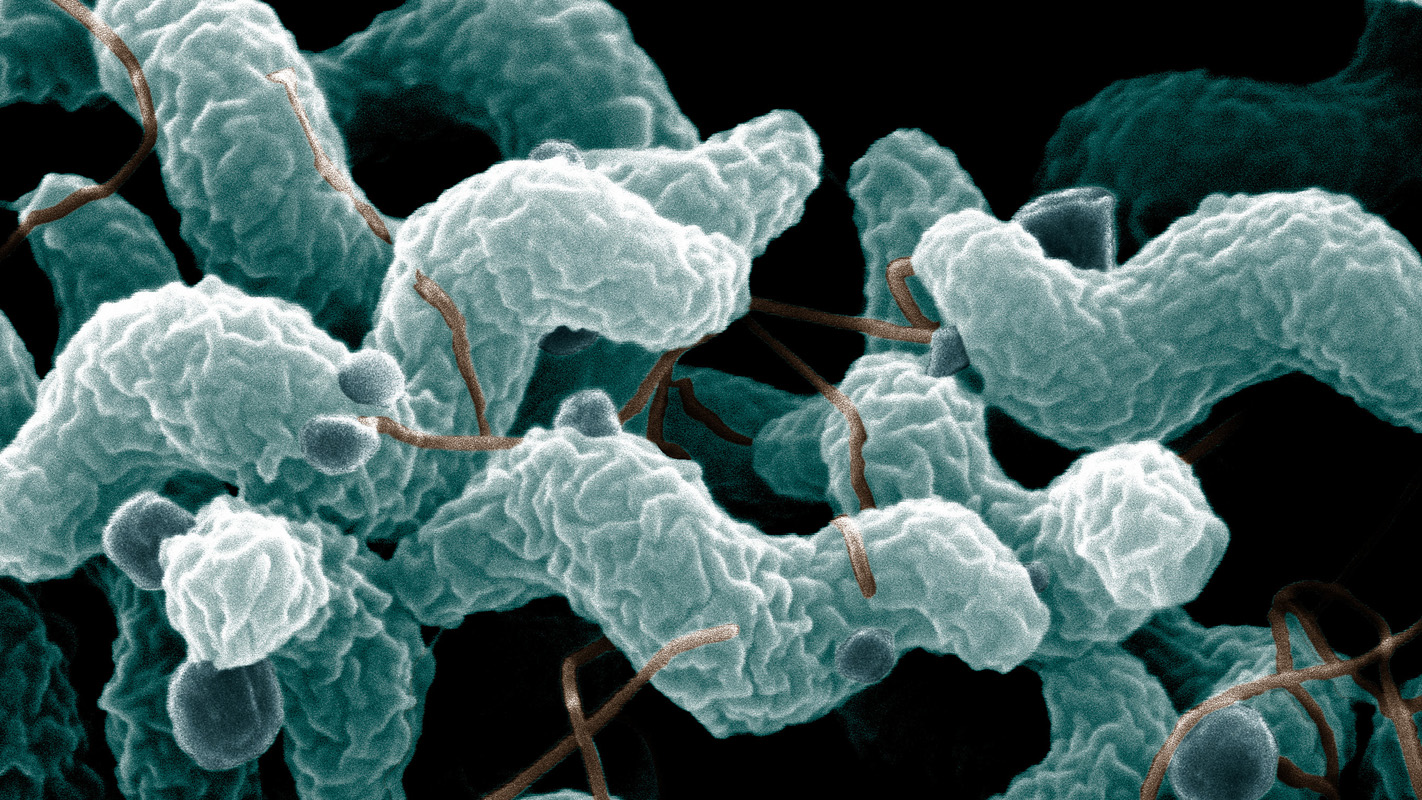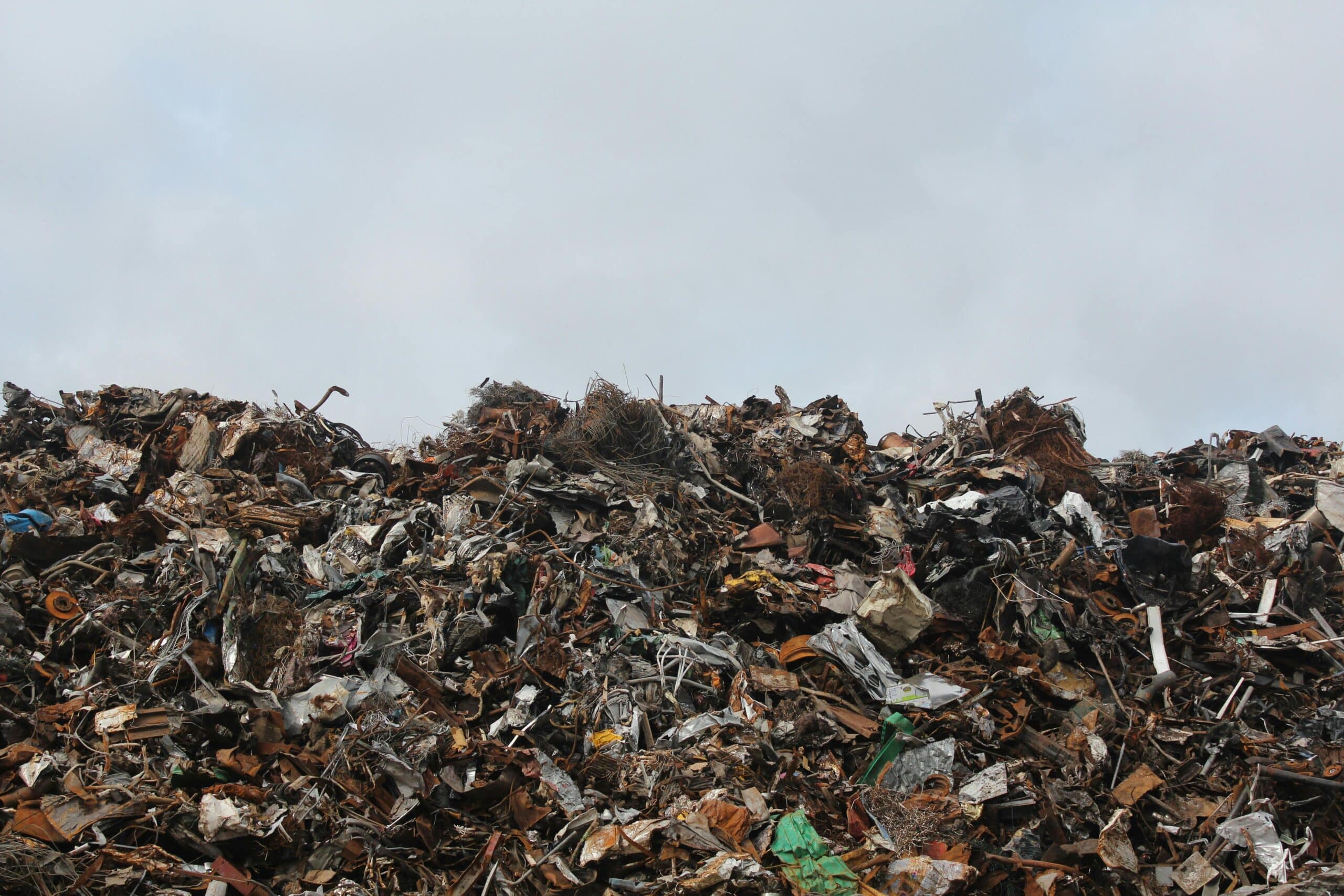Food Safety 101: What Is Campylobacter (and What Are We Doing About It)?

Editor’s note: This is a guest post by Hannah Bolinger, a graduate student in NC State’s Department of Food, Bioprocessing and Nutrition Sciences. The post is part of a series on food safety leading up to World Health Day on April 7.
Campylobacters are spiral-shaped bacteria that often colonize the intestines of animals grown for food (as well as other animals) — and they can cause acute diarrheal disease (called campylobacteriosis) in humans.

These bacteria, especially the species C. jejuni and C. coli, are a leading bacterial cause of foodborne disease, resulting in an estimated 800,000 cases of illness annually in the United States alone. Campylobacteriosis is most commonly attributed to the consumption of undercooked poultry, unpasteurized milk, and untreated water. These products generally become vehicles for Campylobacter via fecal contamination. For instance, Campylobacter in the intestines of poultry can contaminate poultry carcasses during the evisceration process at the slaughterhouse, and milk can become contaminated by animal feces as a result of unsanitary procedures during milking.
Symptoms of campylobacteriosis generally last from two to 10 days and include severe abdominal cramping, diarrhea (sometimes bloody) and vomiting. Symptoms usually subside without medical treatment. But there can be severe autoimmune complications, such as reactive arthritis and Guillain-Barré syndrome (a form of paralysis) may follow as many as 1 in every 1,000 C. jejuni infections.
Immunocompromised patients or those in which the bacteria have entered the bloodstream can benefit from treatment with antibiotics including macrolides (e.g. erythromycin or azithromycin) or fluoroquinolones (e.g. ciprofloxacin). However, we are observing increased resistance in Campylobacter to a number of antibiotics.
The best ways to prevent campylobacteriosis are to: practice safe food handling techniques in the kitchen (especially in regard to preventing cross-contamination of ready-to-eat foods with raw poultry); thoroughly cook (to 165°F — use a meat thermometer!) poultry and other meat products; and avoid unpasteurized dairy products and untreated water. [Editor’s note: the “raw milk” point is particularly timely, as unpasteurized milk was recently linked to an outbreak of campylbacteriosis in California.]
For more tips on safe food handling techniques, you can visit http://www.foodsafety.gov/keep/basics/separate/
NC State is actively involved in research on this issue and has partnered with the food industry to better understand and control Campylobacter. Food safety researcher Sophia Kathariou’s lab has partnered with poultry science researcher Donna Carver to conduct research on how growers can produce turkeys that are free of Campylobacter or only carry the bacterium in small amounts.
Between 60-80 percent of poultry flocks worldwide are positive for Campylobacter, so simply reducing this number could have a major effect on public health. Additionally, these NC State researchers are investigating antibiotic resistance trends in Campylobacter from commercial turkey flocks.
The research being done at NC State will add to our base of knowledge about the genes responsible for resistance, how prevalent resistance is in Campylobacter found in our food supply, and how to eliminate or reduce Campylobacter from poultry flocks. Such knowledge is critically needed for development of science-based strategies to enhance the safety of food and reduce the public health threat posed by antimicrobial resistance in foodborne pathogens such as Campylobacter.
Note: This year’s World Health Day focuses on food safety. Previous posts in this series address the health and economic importance of food safety and listeriosis.
- Categories:


